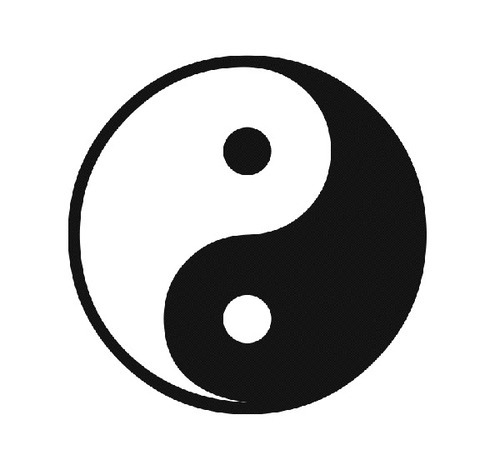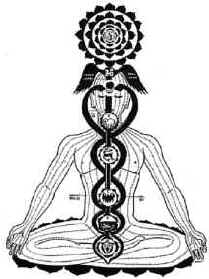I recently read Jeremy Narby's The Cosmic Serpent and I confess, synapses were firing like the fourth of July. But what is the cosmic serpent? Amazonian shamans would say that the cosmic serpent is the creature that appears to you in your ayahuasca-induced hallucinations that imparts sacred healing wisdom. Through this thought-provoking, faith-promoting book, the author explores, through years of research and documentation, that the cosmic serpent might very well be DNA itself. In his own words, Narby states (1998), "I could see now that there might be links between science and shamanic, spiritual and mythological traditions, that seemed to have gone unnoticed, doubtless because of the fragmentation of Western knowledge." (p. 77)
If that premise isn't already wild enough, the ride gets really wild when he begins finding this serpent all across the globe, in diverse cultures, languages, and times. First with Peruvian shamans, then in Jacob's vision of the ladder ascending up to heaven, the serpent that tempted Eve, the Rainbow Snake drawn by Australian Aborigines, ancient Egyptian drawings, Typhon of Greek mythology, the fish-bird of Chuang-Tzu, Sesha the thousand-headed serpent of Hinduism, and even the caduceus of yin-yang and the western medicine symbol. In essence Narby's message is that "the same reality is being described from different perspectives." (p. 102)
 |
| Yin-Yang caduceus |
| Western medicine caduceus |
Perhaps unintentionally, and to my great disappointment, no specific mention was made of the chakra system first discovered by ancient Hindus over 4,000 years ago. The parallels are poignant and thrilling. The Ida and Pingala nadis directly represent the twin serpents that spiral upward, creating the caduceus itself, which Narby eloquently points out happens to be just like the double helix of DNA. The feminine energy known as kundalini lies coiled at the base of the spine until awakened when it then travels upward, purifying everything in its path. Remarkably, kundalini energy is most commonly represented as a snake. This illustration below overlays these two traditions of east and west, the ancient chakra/kundalini system and the western symbol of medicine (which was originally an eastern symbol, first seen in India, later in Greece, and now here in the west). These two seemingly opposing systems of medicine, through Narby's groundbreaking hypothesis, are now intimately connected by, you guessed it, the Cosmic Serpent--our DNA.
 |
| East meets West |
After completion of his book The Cosmic Serpent Jeremy Narby was lecturing to a group of students in Peru, sharing his hypothesis that the entwined serpents that Amazonian shamans see in their visions and the double helix of DNA are intimately related, a student in the back of the room called out, "Are you saying that scientists are catching up with us?" (p. 151) What we sometimes think are opposite ends of a linear spectrum are really just different spokes in the same wheel. They are anecdotal truths that each culture expresses through their own language. For ancient India, they spoke of healing through the chakra system, for Amazonian shamans they spoke of healing through ayahuasca and the entwined serpents, for the modern Western world healing is spoken of through the lens of science and DNA. Or do we even speak of healing here in the West? Despite what we do know about DNA it seems we're just as vulnerable as Eve in Eden. We fall into the same trap of "the devil made me do it" by believing that we are victims of our DNA. "We can't change the code" is the modern way of saying "the devil made me do it". It's when all the diverse fragments of the Cosmic Serpent combine once again, when we piece together all the different stories, myths, facts, and clues of history--then we'll see the big picture. Then healing can happen.
www.gobodhiyoga.com
